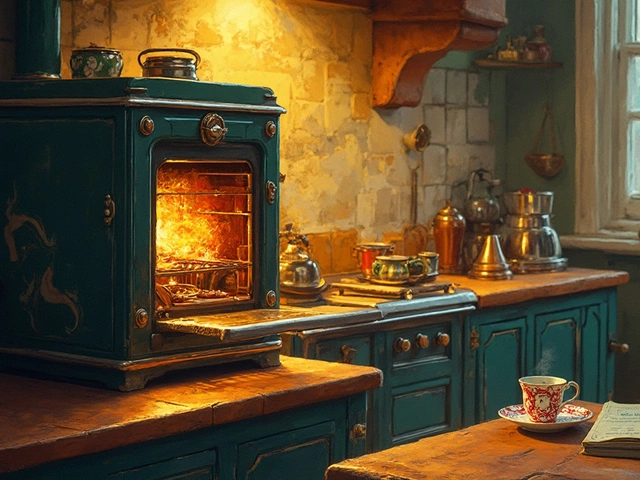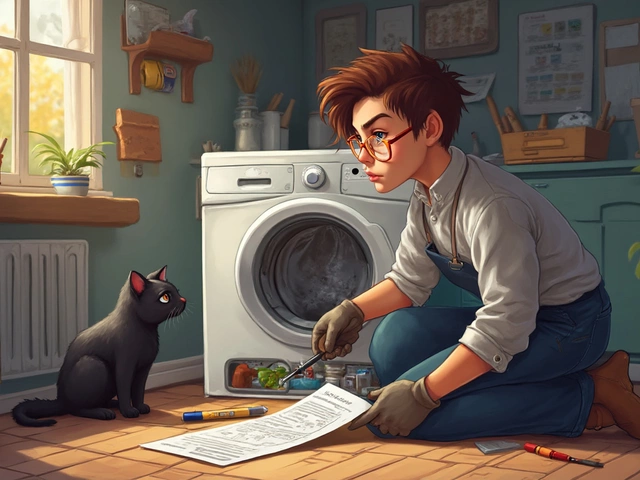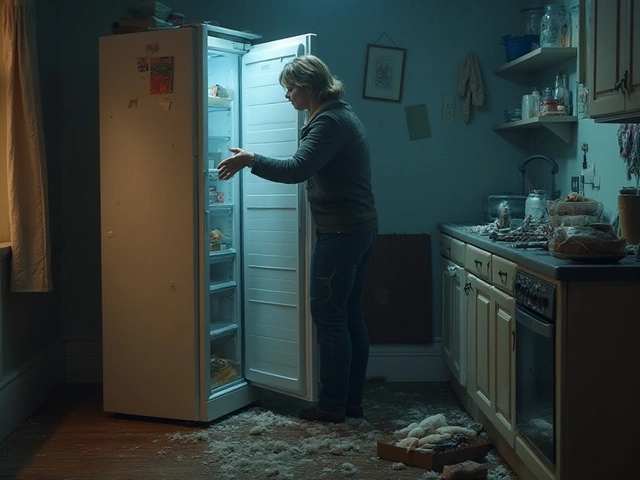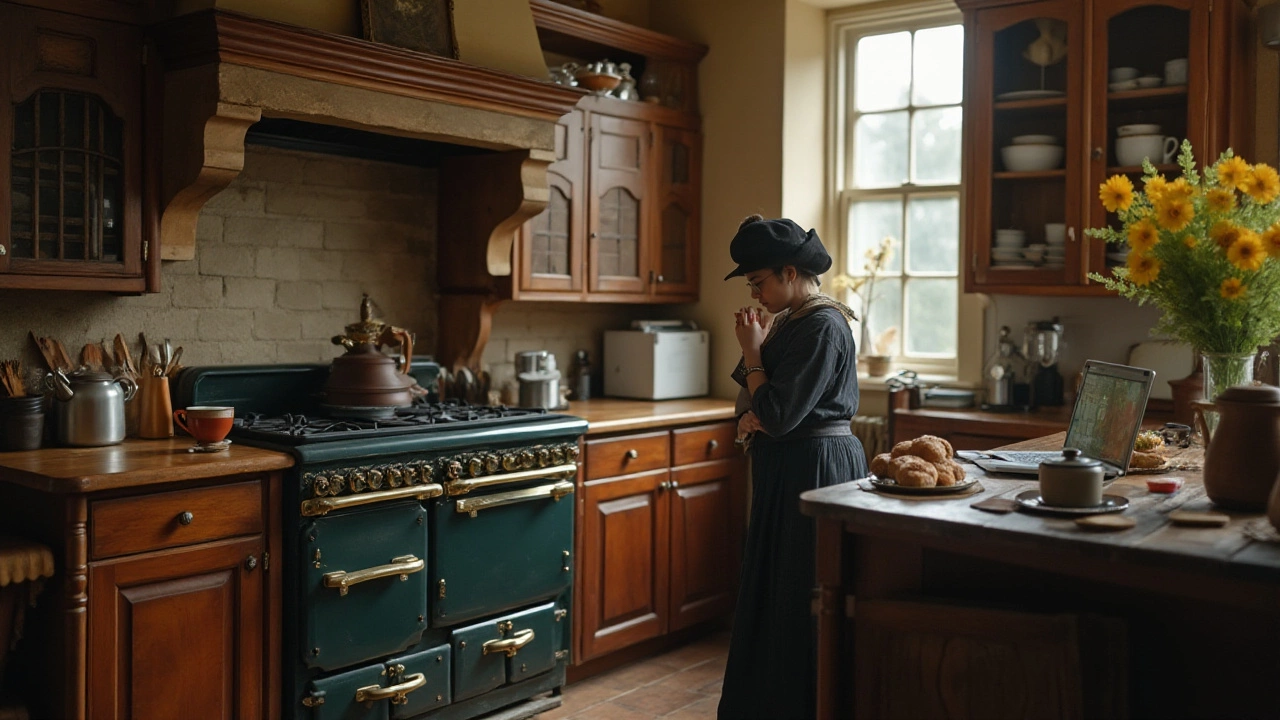Repair Costs – How Much to Fix Common Home Appliances?
Got a broken oven, a leaky boiler, or a fridge that won’t chill? Before you call a technician, it helps to know what you’re really paying for. Repair costs can vary a lot, but most homeowners end up paying between £50 and £300 for the most common fixes.
For example, a cracked glass hob typically costs £80‑£150 to repair, while a full replacement can run over £300. A faulty boiler might need a £150‑£250 fix, but a complete swap could top £2,000. Knowing these ranges lets you compare the price tag against the age and condition of your appliance.
What Drives Repair Prices?
Three main factors influence the bill: part cost, labour time, and how hard the job is to access. Parts like heating elements, thermostats or fan motors are usually the biggest chunk. If the component is a proprietary brand part, expect a higher price.
Labour is measured in hours. Simple jobs—like clearing a dishwasher drain—might take 30 minutes, while a water‑heater overhaul can require two or three hours of work. Technicians in Rugby often charge £45‑£70 per hour, so a two‑hour job adds about £120‑£140 to the total.
Accessibility matters, too. An oven tucked behind cabinets needs more disassembly than a freestanding fridge, which means higher labour costs. That’s why a “quick fix” on a hard‑to‑reach part can end up costing more than a straightforward repair on an easy‑to‑reach appliance.
Repair or Replace? Quick Decision Guide
Use this rule of thumb: if the repair cost exceeds 50% of the appliance’s current market price, think about replacing it. A 15‑year‑old oven that needs a £250 heating element is probably better off swapped for a newer, more efficient model.
Age matters, but so does efficiency. Older fridges use more electricity, so a £200 repair might save you £50‑£70 a year on energy bills. Over time, the savings can outweigh the repair cost.
Safety is another red flag. Boilers, water heaters, and electric ovens involve gas or high voltage. If you’re unsure about a fix, call a professional—even if the price looks tempting. Cutting corners on safety can end up far more expensive.
When you’re on a tight budget, prioritize appliances that affect daily life: heating, hot water, and cooking. A broken dishwasher is annoying, but you can wash by hand while you save for a proper fix later.
Finally, ask for a detailed quote before any work starts. A good technician will break down parts, labour, and any extra charges. Transparent pricing helps you avoid surprise fees and lets you compare offers from different providers.
Bottom line: knowing typical repair costs, the factors that push those numbers up, and a simple cost‑vs‑value test will keep you from overpaying. Whether you’re in Rugby or elsewhere, a little research goes a long way toward getting your appliances running again without breaking the bank.






